Pollination is an essential part of the production of fruits and vegetables. The most common pollinator is the European honey bee. These bees live in boxes or colonies that are transported from field to field as the fruits or vegetables come into flower. In our apple orchards we rely on the thousands of worker bees in each colony to transfer the pollen from one apple variety to that of a different apple variety. This is called cross pollination. Many vegetable crops, like watermelons, rely on the bees to move pollen from the male flowers to the female flowers enabling fruit to be produced.
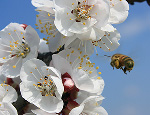
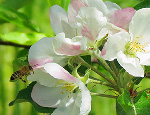

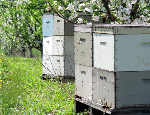
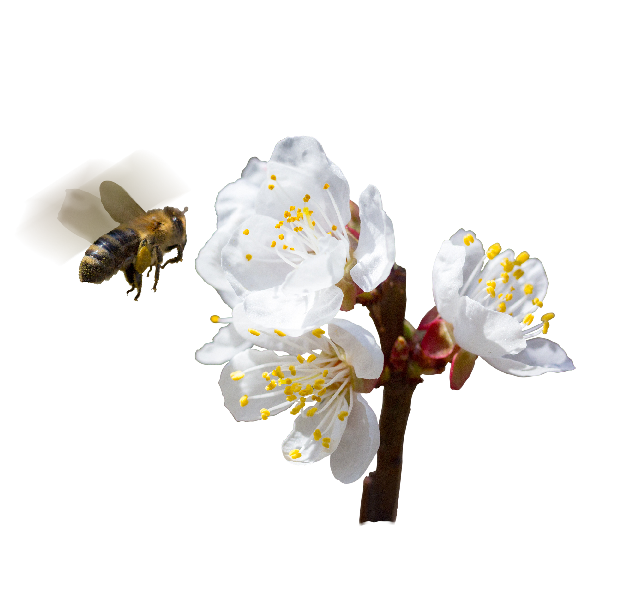
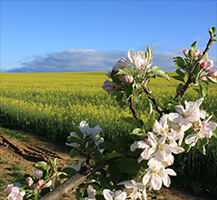
Due to the uncertainty that the honey bee faces, and the importance of pollination to our survival as fruit growers, we are exploring alternate sources for pollination. We use Bumble Bees to pollinate early season crops, like cherries. Many times the daytime temperatures are quite chilly in early April and the honey bees will not leave the colonies. Bumble bees also can pollinate smaller flowers, like certain cherry varieties that the honey bee will not fit into.
Hundreds of different species of native bees can be found right here in central Pennsylvania. In November 2010 Peters Orchards began its investment in our native bees. We took fields of vary size out of crop production, and planted a variety of wildflowers. These flowers will provide the season long food sources that the native bees crave. The ground itself will also provide nesting sites for the burrowing bees. Above ground wooden nesting sources will be added later. Not only will these sites provide a habitat for our desperately needed native pollinators, but they also fit right in with our goal of integrated pest management. These fields will give vital habitat for the many beneficial insects that will keep our pest pressure low.